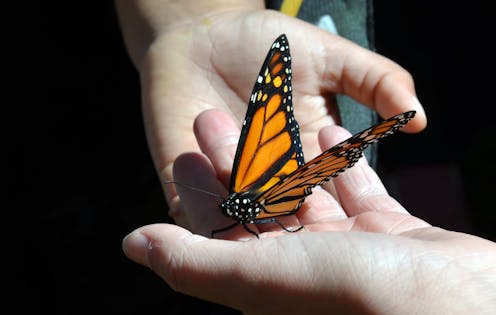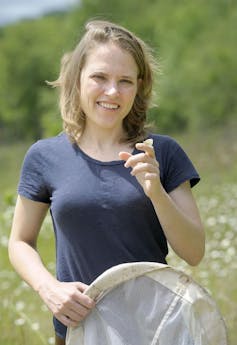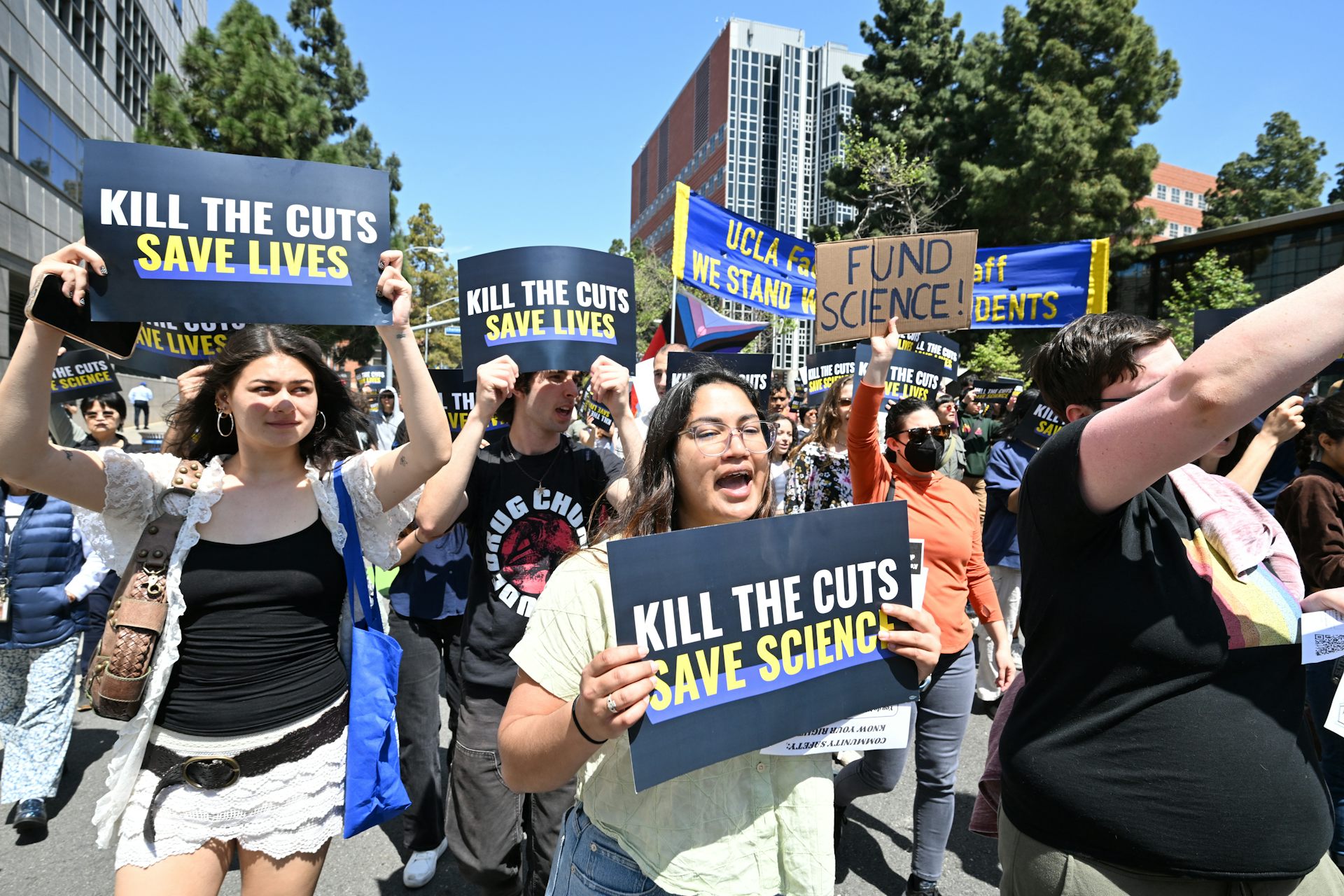Butterfly lovers become citizen scientists by logging sightings on eButterfly
Citizen scientists across North America have contributed over 1 million observations to this online platform, generating data useful for researchers.


The Abstract features interesting research and the people behind it.
Kathleen Prudic is an entomologist who studies pollinators. We caught up with her recently to discuss her work as co-directer of eButterfly.
What is eButterfly?
Kathleen Prudic: EButterfly is an online platform where people who are passionate about butterflies can log their observations and photographs. The data they create is then used by scientists to understand how, when and where butterflies live in North America.
Who contributes to eButterfly and why?

Prudic: There are people who photograph, observe and sometimes chase butterflies for fun. Personally, I find joy in my tiny butterfly neighbors. The thrill of watching them find a flower or court a mate or just bask in the early morning light is just good, plain fun – and probably benefits my well-being.
Why was eButterfly created?
Prudic: Research on beneficial insects is not well funded, especially as it relates to land use and climate change, which scientists know will affect pollinators like butterflies in big ways. My collaborators Max Larrivee and Kent McFarland and I wanted to find a way to leverage the butterfly community and create a platform where enthusiasts could become citizen scientists.
How many observations have they made? How reliable is their data?
Prudic: Citizen scientists have contributed about 1 million observations to eButterfly since we started in 2012. We have a variety of data quality control measures in place to ensure correct species identification such as photo verification, mathematical models and expert opinion. One fabulous thing we’ve noticed is, if someone reports seeing something rare, it inspires others to go find it and take a photo to share.
Can you estimate the value of their work?
Prudic: At US$20 a volunteer hour, eButterfly citizen scientists have contributed the equivalent of three and a half-million dollars over eight years.
What discoveries have been made with eButterfly data?
Prudic: Butterflies are sensitive to global warming and are shifting their ranges north. For example, the giant swallowtail has moved its range north 27 times faster than the average plant or animal. It turns out this butterfly could do so because the plant that nourishes its caterpillars already grew in those areas. In the future, it will not be so lucky. Its food will have to move north first.
How can eButterfly be used as a conservation tool?
Prudic: Butterflies, and most other insects, are amazing. They do many unnoticed services for people like pollinating and converting plants into protein for other animals like birds, mammals and lizards to eat. Researchers use data from eButterfly to create models describing where butterflies are now and where they might be in the next 10, 20 or 50 years. This information is then shared with land managers to help them make decisions about habitat restoration and conservation, ideally to help butterflies and other pollinators survive and reproduce.
Can you “watch” a migration happen?
Prudic: We can. Using a programming language called “R,” it’s possible to visualize a migration of, say, monarchs or painted ladies in real time. We are working on making this something you can see on your phones along with your local weather predictions. Sunny with a chance of monarchs!

What role do you see for citizen scientists, like those who contribute to eButterfly, in the future?
Prudic: I see citizen scientists being integral to scientific discovery and dissemination. Science has always been collaborative and now it’s democratized to more people. We still follow the scientific method, we still collect data at standards suitable for scientific discovery, we still discover new knowledge. But now we do it better. Conversations with citizen scientists help professional scientists consider a different perspective, which can lead to novel discoveries and innovations. Think of it as the power of intellectual pollination.
[ You’re smart and curious about the world. So are The Conversation’s authors and editors. You can read us daily by subscribing to our newsletter. ]
Kathleen Prudic receives funding from National Science Foundation.
Read These Next
Can scientists detect life without knowing what it looks like? Research using machine learning offer
A new machine learning model explores the boundary between biological and nonbiological chemistry.
Sharks and rays get a major win with new international trade limits for 70+ species
Sharks have had a tough time since the 1970s, when overfishing, habitat loss and a growing trade in…
As a former federal judge, I’m concerned by a year of challenges to the US justice system
A university president who’s a former federal judge looks at the rule of law and the Trump administration’s…






